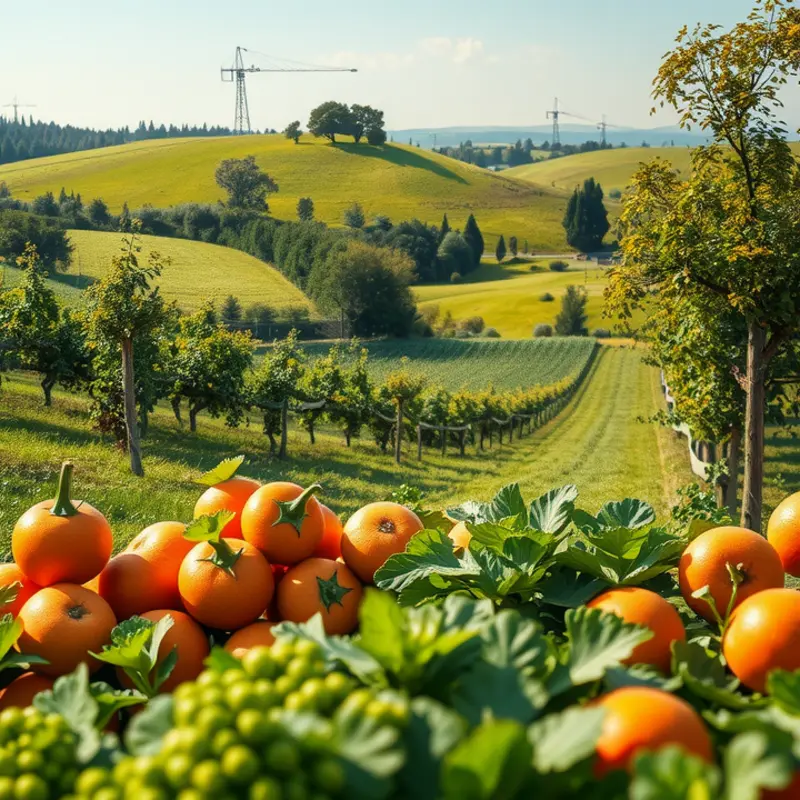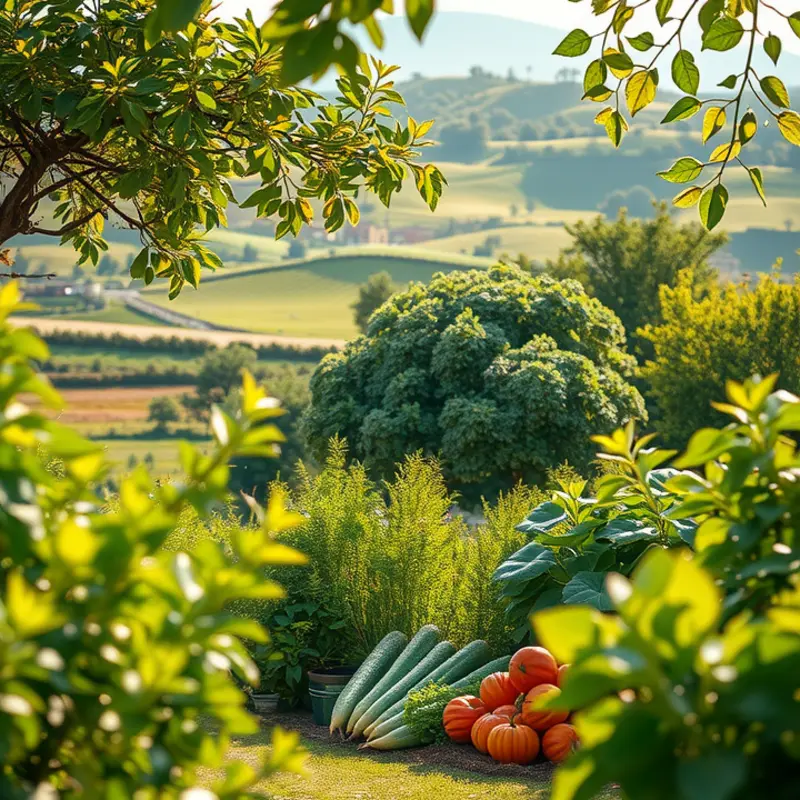As the environmental crisis continues to escalate, the importance of sustainable practices in every facet of life becomes increasingly evident. This necessity resonates strongly in the beverage industry, where responsible packaging can significantly reduce waste and carbon footprints. Making eco-conscious choices when purchasing beverages not only benefits the planet but also promotes a healthier lifestyle. By understanding the different types of packaging options available and supporting brands that prioritize sustainability, you can play a pivotal role in fostering environmental stewardship.
Understanding Responsible Beverage Packaging

In the pursuit of sustainability, understanding what constitutes responsible beverage packaging is crucial for informed decision-making. Whether it’s reaching for a cold drink on the go or selecting a home beverage, the packaging choices made collectively have a significant environmental impact.
Glass is a traditional packaging material long appreciated for its durability and recycling capabilities. It’s made from abundant natural raw materials and can be recycled infinitely without loss of quality. However, the energy required to produce and recycle glass can be a drawback, unless renewable energy sources are utilized. Consumers should prioritize brands that engage in effective glass recycling programs.
Aluminum is another popular choice, recognized for its high recyclability. This material can be recycled repeatedly, transforming back into cans or other products with minimal energy usage compared to new production. Aluminum packaging can significantly reduce landfill waste when properly recycled, and its lightweight nature minimizes transportation emissions.
Biodegradable options, like compostable plant-based plastics, offer a potential solution for reducing environmental impact. Made from renewable resources such as corn starch or sugarcane, these materials break down more easily in the environment. However, ensuring they reach appropriate composting facilities is vital, as biodegradation takes longer in landfills. Monitoring local composting regulations and supporting brands that use certified compostable materials can drive demand for compost infrastructure improvements.
The life cycle of beverage packaging involves several stages—from raw material extraction to production, usage, and disposal. Each stage carries environmental burdens, influencing the overall sustainability of the beverage packaging. Therefore, choosing brands that emphasize reducing emissions throughout this cycle can be a powerful personal contribution to environmental conservation.
Consumers can identify sustainable options by looking for certifications and eco-labels. These indicate adherence to environmental standards and responsible practices. Additionally, selecting packaging that reduces resource consumption, such as those produced from recycled content, supports circular economic practices.
Understanding the impact of responsible packaging ties into broader sustainability practices in food and household decisions, much like choosing the right composting techniques to reduce household waste. For comprehensive strategies on waste reduction and optimizing food storage, see how preventing food oxidation can enhance sustainability in daily life.
Making mindful packaging choices translates into significant environmental benefits over time. By aligning purchases with sustainable practices, you empower your actions for a greener planet, contributing towards a future where responsible packaging is the norm, not the exception.
Choosing Eco-Conscious Brands

Becoming an eco-conscious consumer revolves around selecting brands prioritizing environmentally friendly practices. One key way to identify such brands is by inspecting their packaging for certifications and sustainability badges. These symbols, often certified by third-party organizations, signify a company’s commitment to sustainable practices. Examples include recycling logos indicating that the packaging is made from recycled materials or can be recycled, and certifications from sustainable forestry programs if the packaging includes paper or cardboard components.
Another method involves researching the company’s broader environmental efforts. Visiting a company’s website can offer insights into their sustainability policies and initiatives. Look for brands that publish detailed sustainability reports. These documents often cover goals related to waste reduction, carbon footprint, and resource management. An authentic commitment to the planet is usually reflected in transparent reporting and measurable goals.
Inquire into the materials used in packaging. Favor companies utilizing innovative materials that minimize environmental impact, such as biodegradable plastics or compostable options. These materials break down more efficiently than traditional counterparts, reducing pollution and waste in landfills.
Consumers can also identify eco-conscious brands by understanding the lifecycle of packaging materials. Brands that practice the circular economy model design products with the entire lifecycle in mind—from raw material sourcing to end-of-life disposal. These practices create closed-loop systems where materials are continuously reused and recycled, minimizing waste and resource consumption.
When you choose brands dedicated to sustainable packaging, you exert a positive influence on the environment. This collective consumer effort supports companies making meaningful changes in production and packaging processes. Recognizing these practices can be as simple as checking for sustainability certifications and conducting a bit of background research. By esteeming brands that demonstrate environmental responsibility, you help drive a market shift towards more sustainable practices.
To deepen your understanding and make more informed choices, consider exploring resources on sustainable cooking methods, such as carbon-smart cooking, which align with responsible consumption habits. As brands adapt to growing environmental awareness, your conscientious choices propel a broader movement towards a greener planet.
Final words
Being an environmentally-conscious consumer involves a commitment to making informed decisions about the products you consume, particularly beverages. With the information gathered about responsible beverage packaging and the brands that prioritize sustainability, you have the power to make choices that not only benefit your health but also safeguard the environment. By opting for eco-friendly packaging solutions and supporting companies that share these values, you contribute to a broader movement toward sustainability. Every small action adds up, and together we can cultivate a healthier planet for future generations.








